In pictures: Industrial heritage buildings 'at risk'
- Published
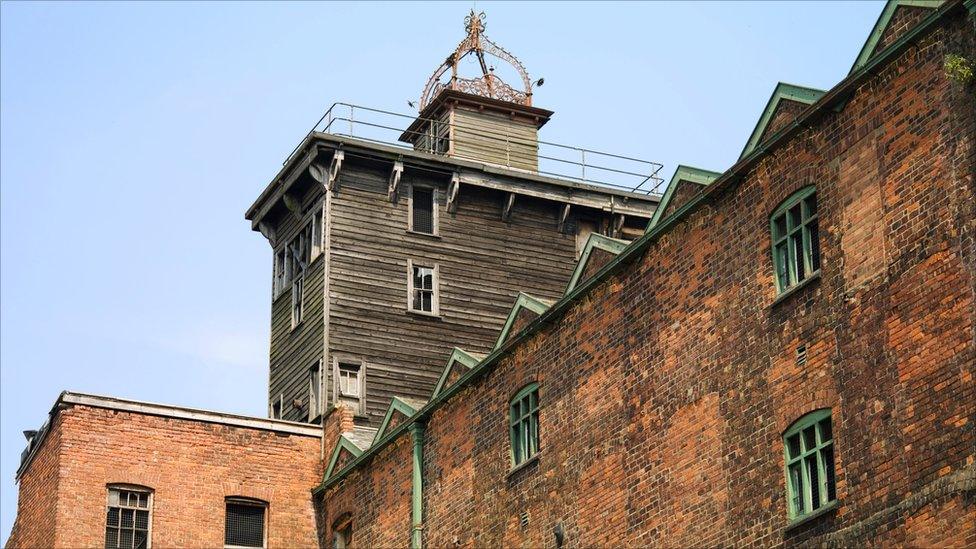
Listed industrial buildings ranging from mills - such as Ditherington Flax Mill, in Shrewsbury (pictured) - to power stations are more at risk than almost any other kind of heritage, English Heritage has claimed. It says despite 80% of people believing industrial heritage is as important as castles and country houses, almost 11% (129) of grade I and II* industrial buildings are at risk of neglect, decay or demolition.

That compares to the average across all Grade I and Grade II* listed structures, where 3% of buildings are at risk. Key industrial sites on the at-risk list include the iconic London landmark Battersea Power Station, which was designed by Sir Giles Gilbert Scott in the 1930s and was the first of a new generation of super generating stations.
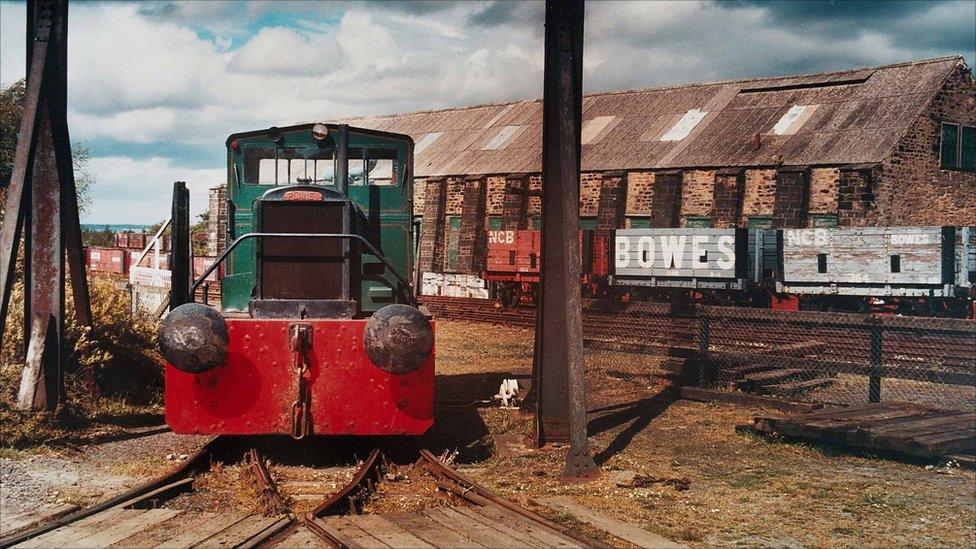
Bowes Railway, in Tyne and Wear, which was designed by the pioneering railway engineer George Stephenson in the 1820s, is also at risk. The famous railway was created to take coal from local pits to the River Tyne and combined three methods of working – locomotives, stationary haulage engines and gravity incline.
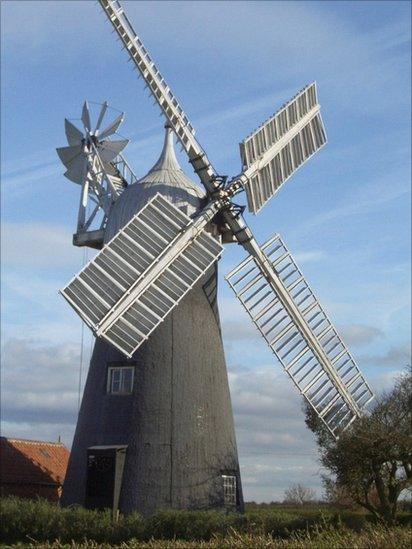
English Heritage says 40% of listed industrial buildings at risk, such as mills, warehouses and factories, could be put to sustainable and economic new uses. The type of industrial buildings at risk varies across England, with water and windmills - such as North Leverton windmill in Nottinghamshire (pictured) - featuring highly in the East of England, maritime structures making up most of those at risk in the South East, and textile mills concentrated in Lancashire, Greater Manchester and West Yorkshire.

It says the remaining 60% - typically buildings that contain historic machinery, redundant engineering structures or mining remains - are of immense cultural value and often greatly loved, such as the 99-year-old Hammerhead Crane, at Cowes on the Isle of Wight, which is in danger of collapsing into the Medina River.

As part of efforts to tackle the problems facing buildings and sites like the intricately-decorated Crossness Pumping Station, in Bexley (pictured), English Heritage is bringing out a new set of guidance, as well as £2m in grants to help owners protect vacant historic buildings until uses can be found for them. There will also be help for heritage rescue groups which could be the answer for the 60% of buildings which cannot be reused.

English Heritage will also part-fund a support officer to help trusts and voluntary groups which run sites as visitor attractions. In the market town of Belper in Derbyshire, the old North Mill is now home of the Derwent Valley Visitors Centre, while its old East Mill (pictured) houses a number of small industrial units.
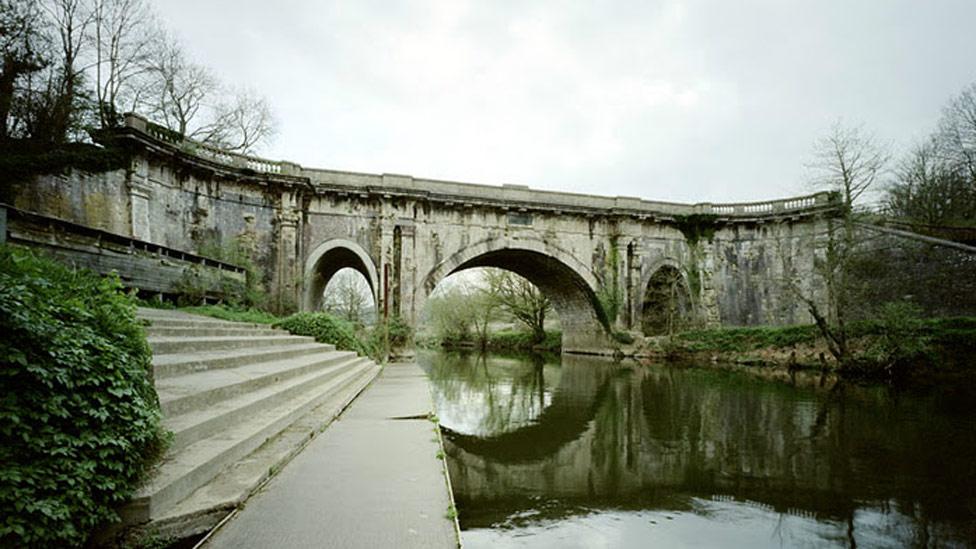
It will also carry out at least 25 projects over the next few years to look at particular parts of England's industrial heritage, such as the lead mines of Derbyshire, the motor industry and water mills and aqueducts like the Dundas Aqueduct in Wiltshire, near Limpley Stoke (pictured).
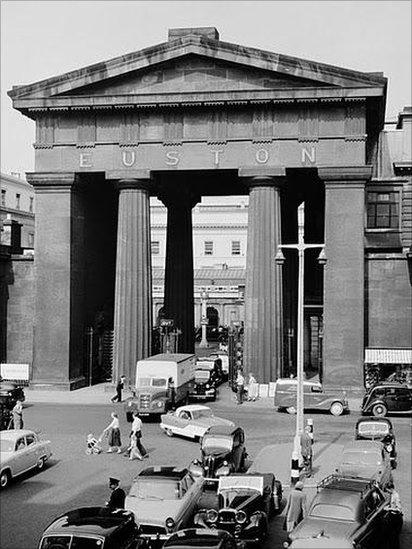
The government heritage body hopes this will stop heritage sites going the way of the old Euston Arch and Euston Station, which were demolished.

Other industrial heritage that has been recently lost includes the Art Deco frontage to Wallis, Gilbert & Partners' 1928 Firestone factory in London (pictured), St Katherine's Dock Warehouses, also in London, and Tyneside shipbuilding yards.
- Published17 January 2023
